…is just a wonderful break from all my overly professional manual cameras. It’s fully-automatic – but in a way that would still count as fully-automatic today. Camera makers have a bit of a habit of claiming things are “automatic”, especially around the mid-20th century – but this little thing really deserves that label.
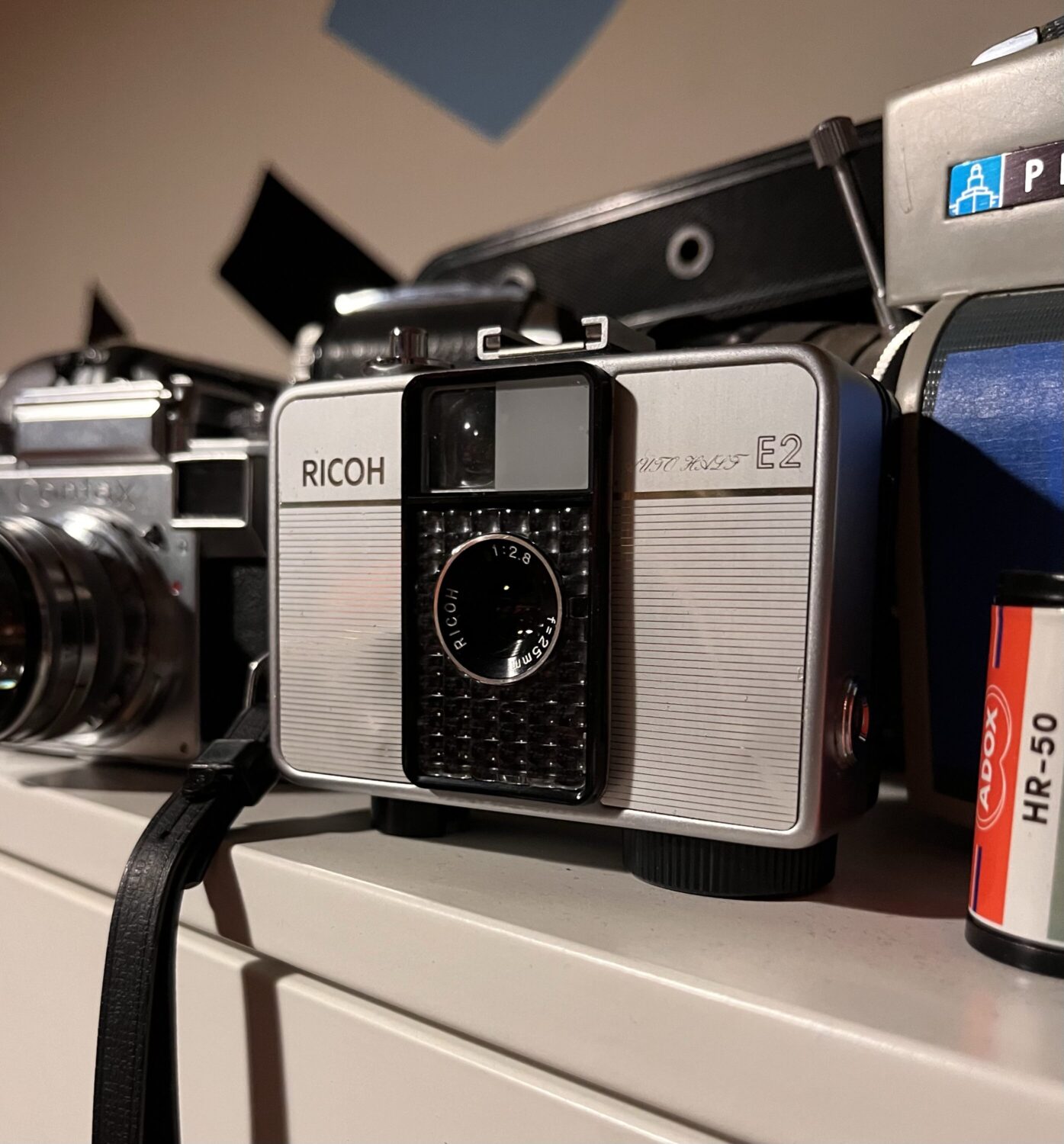
There are a million different versions from the 60s up to the late 70s, with varying amounts of letters and numbers – and none of that matters because they’re basically all the same thing.
Back to the automations: a selenium light sensor (without any batteries) does the aperture – in modern terms, the camera is in shutter-priority mode, at 1/125s. There’s a manual aperture selection, too, if you need that, but that drops the shutter speed to a fixed 1/30s. Though manual aperture settings are very much against the whole ethos of this camera, so I never use it.
It’s meant mainly for flash use, for which the E2 has a hot shoe (! pretty nice feature for a cheap 70s camera). There is no bulb mode. You shouldn’t even be thinking about a bulb mode, really.
Focussing is done by uhm …physics, basically. It’s focus-free, everything beyond 2 meters or so is in focus. The smaller half-format …format (great writing, thank you, I know) makes that possible, and also the 25 mm lens. On half-format, that is only very mildly wide-angle (equivalent to a ~40 mm lens on a full-format camera).
The party trick: film transport and shutter cocking is done by a clock spring (no batteries, again!). Which makes a very pleasant little noise after each shot, and is good for 30 images or so before needing to be wound up again. So there is really nothing that needs to be done other than pointing the thing somewhere and hitting the shutter button. It’s wonderful.
One thing you might have noticed is that this tiny, cheap (I paid 20€ for mine) plastic/aluminium thing from fifty years ago has more features than the new Kodak Ektar H35. And it is smaller. And the lens is better. And it doesn’t need a battery. And you’ll have like 30€ left to get a much bigger flash than the Kodak has built-in. I don’t know man – with cameras, technology moves backwards.
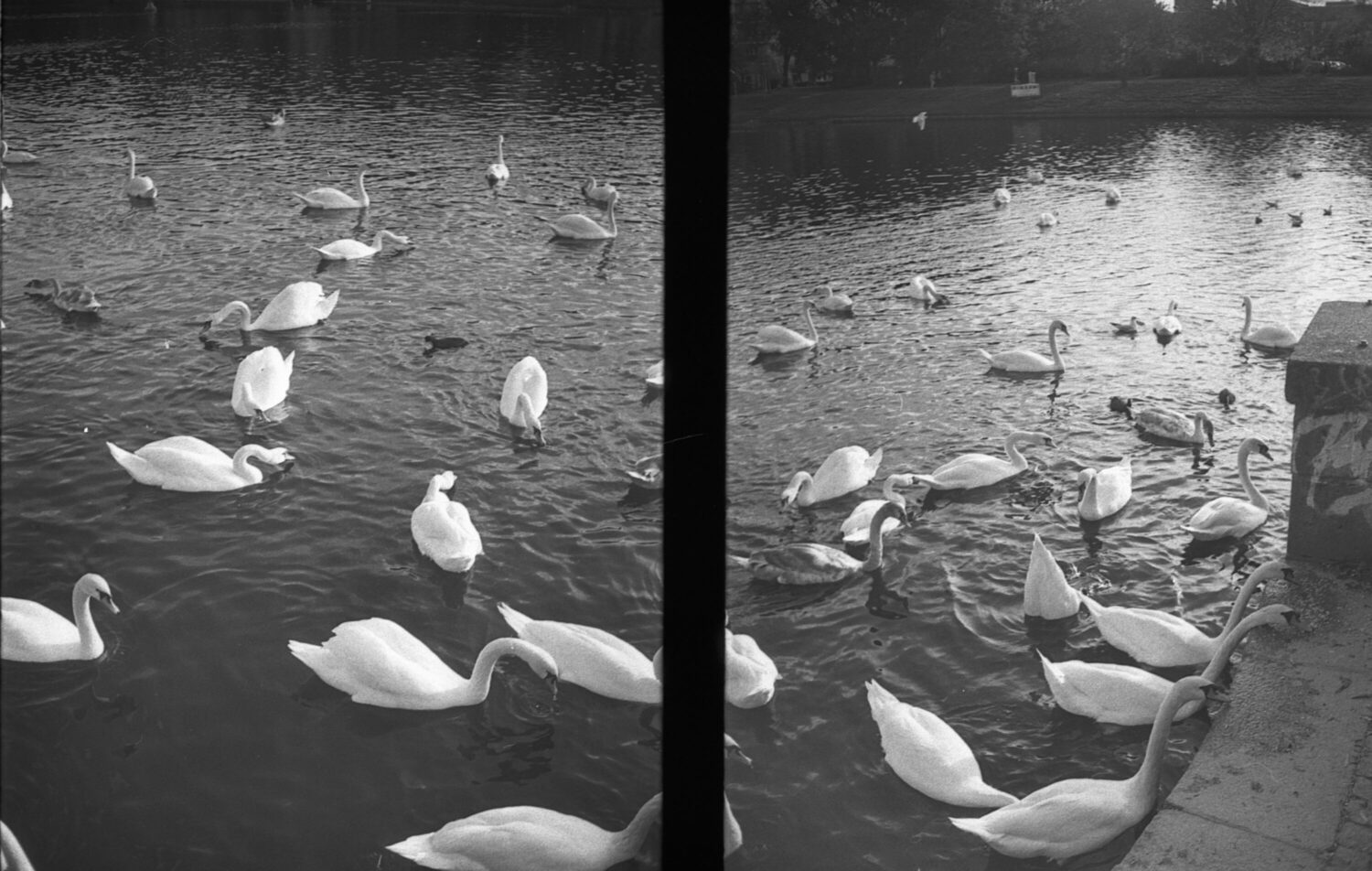
People often scan the resulting pictures as pairs, and sometimes that looks pleasant and so I’ve done that too, here. But they can easily stand on their own – and there’s absolutely enough resolution for bigger prints. Half-format 35 mm is the cinema standard format after all, it’s not that tiny.
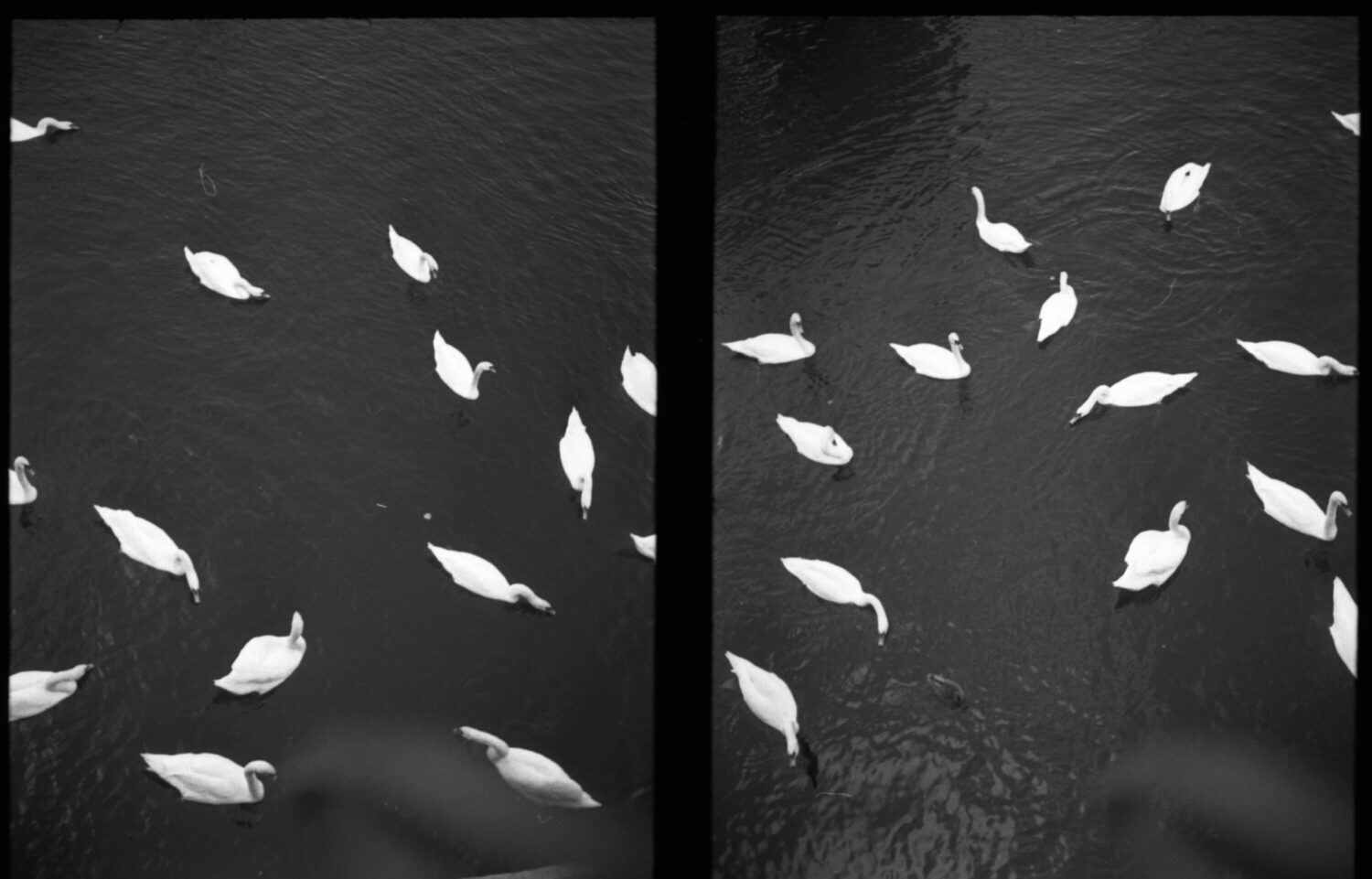
So ya, Ricoh Auto-Half – do get one. Any one. And don’t pay too much for it because they are not meant to be expensive. For me, this little thing also fixed the voices in my head telling me to get a Robot camera, because it has basically the same features, but at like 1/10th or 1/20th the (current) price. Absolutely recommended.
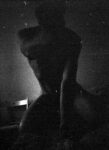
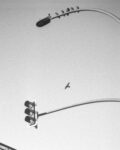
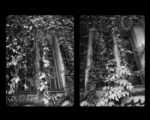
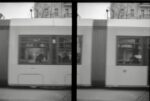


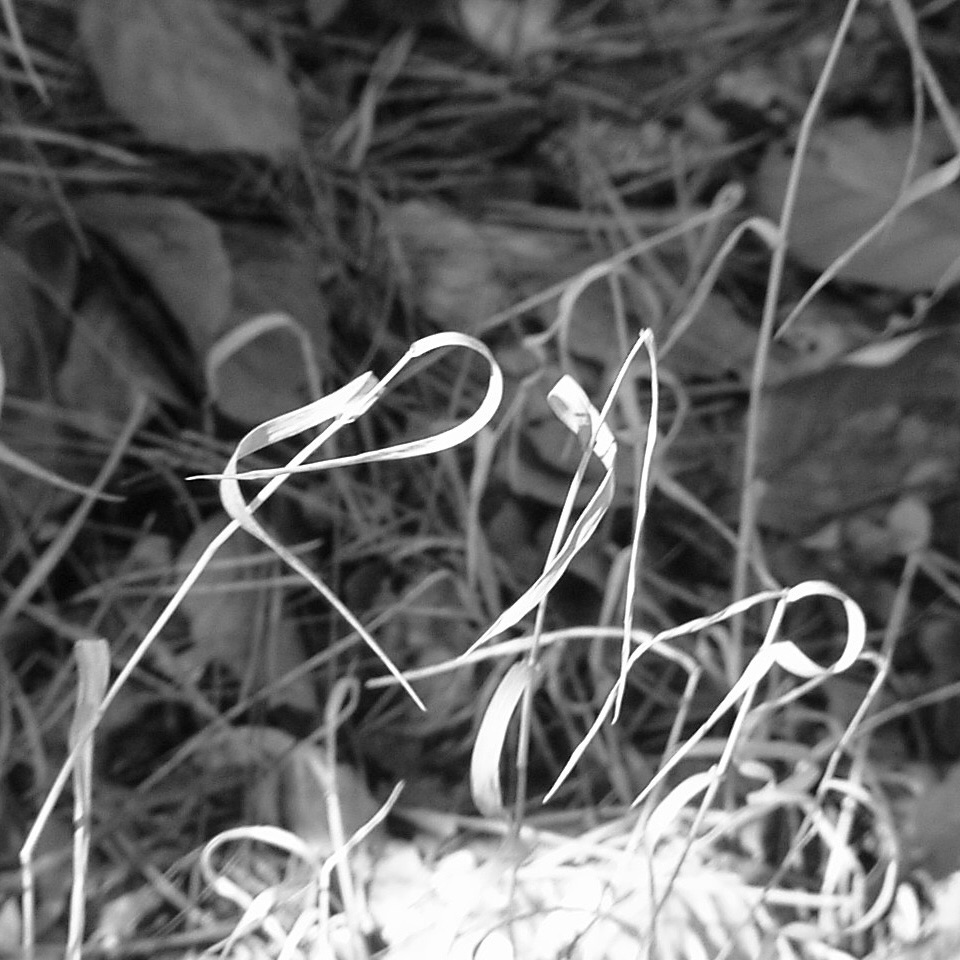
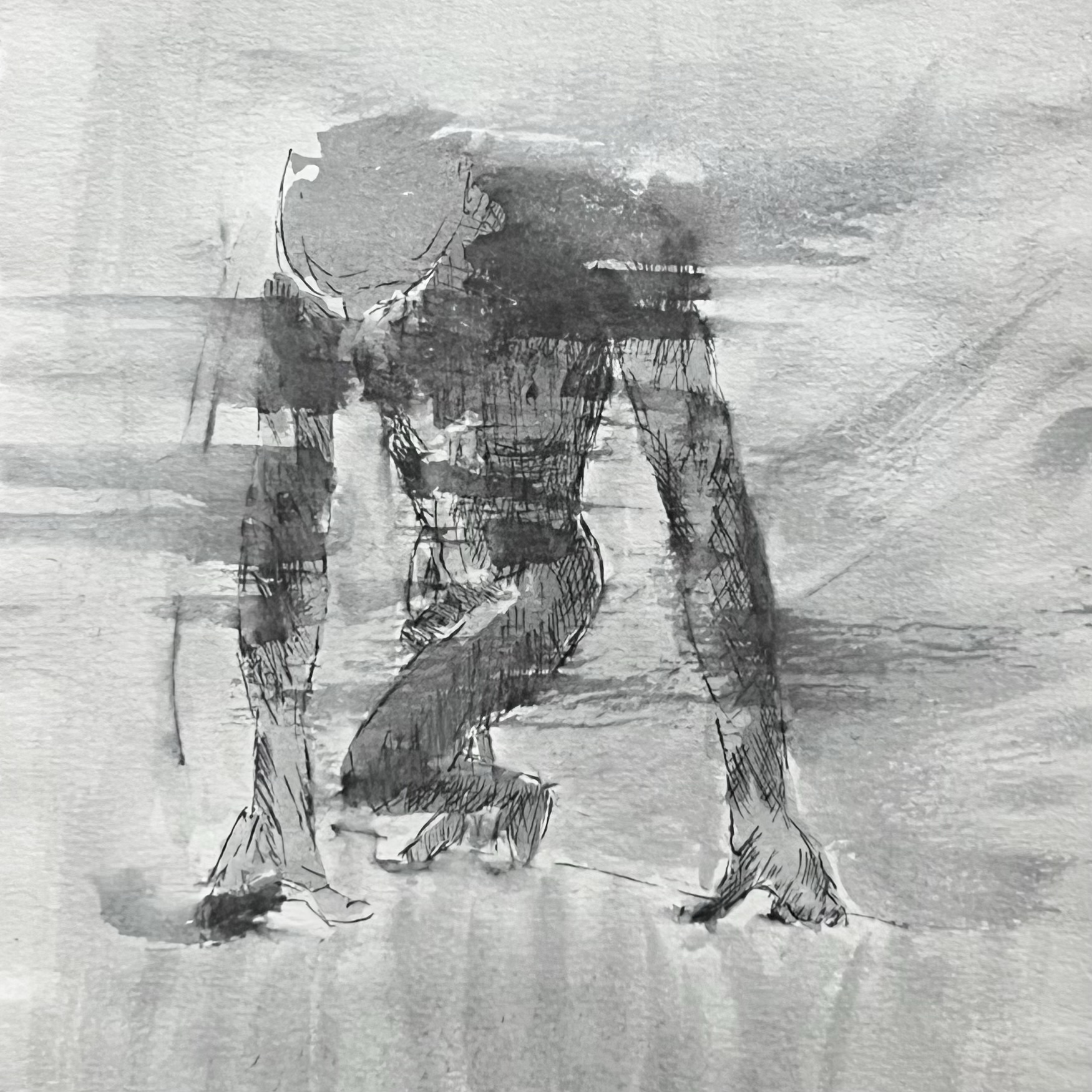
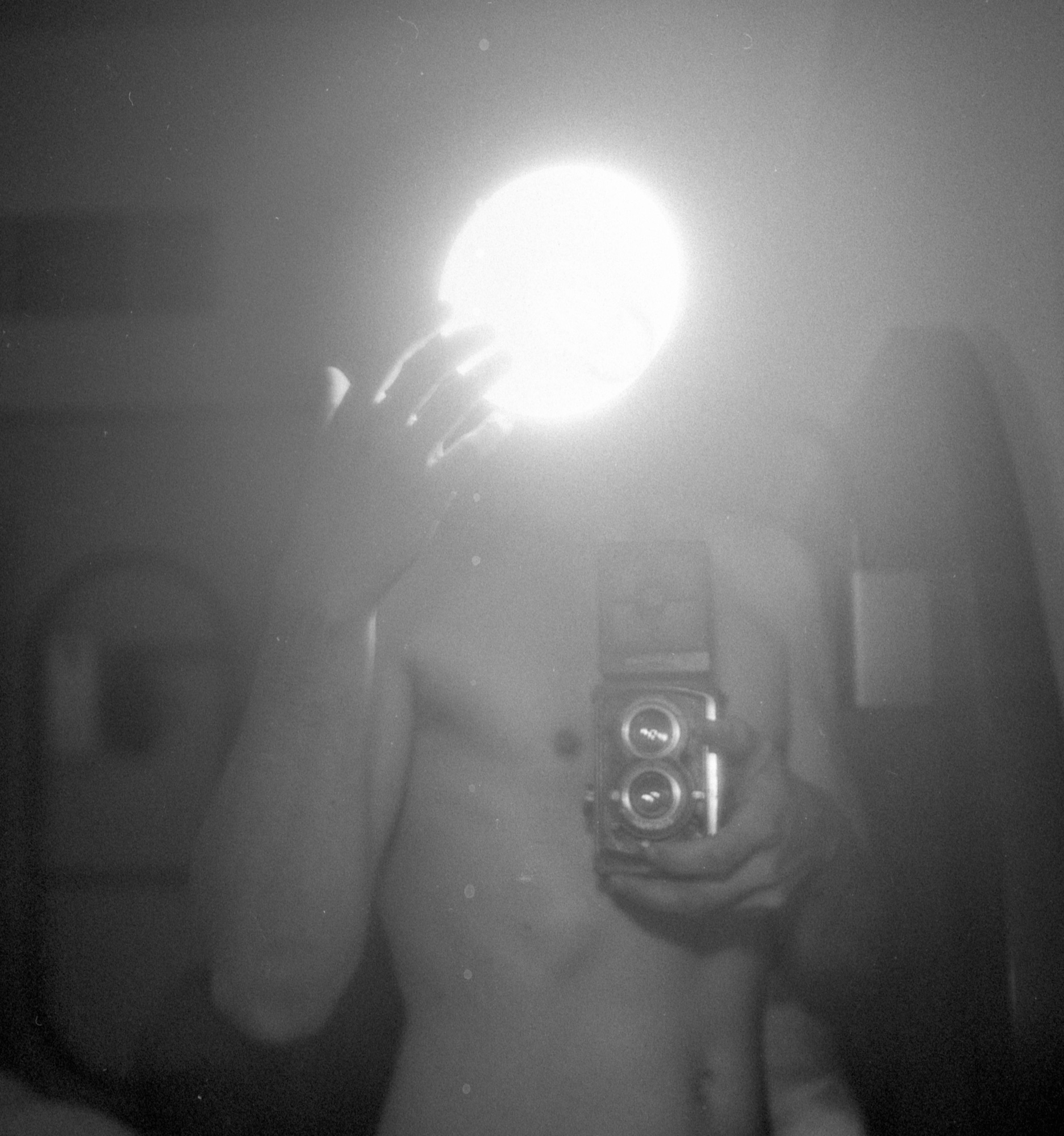
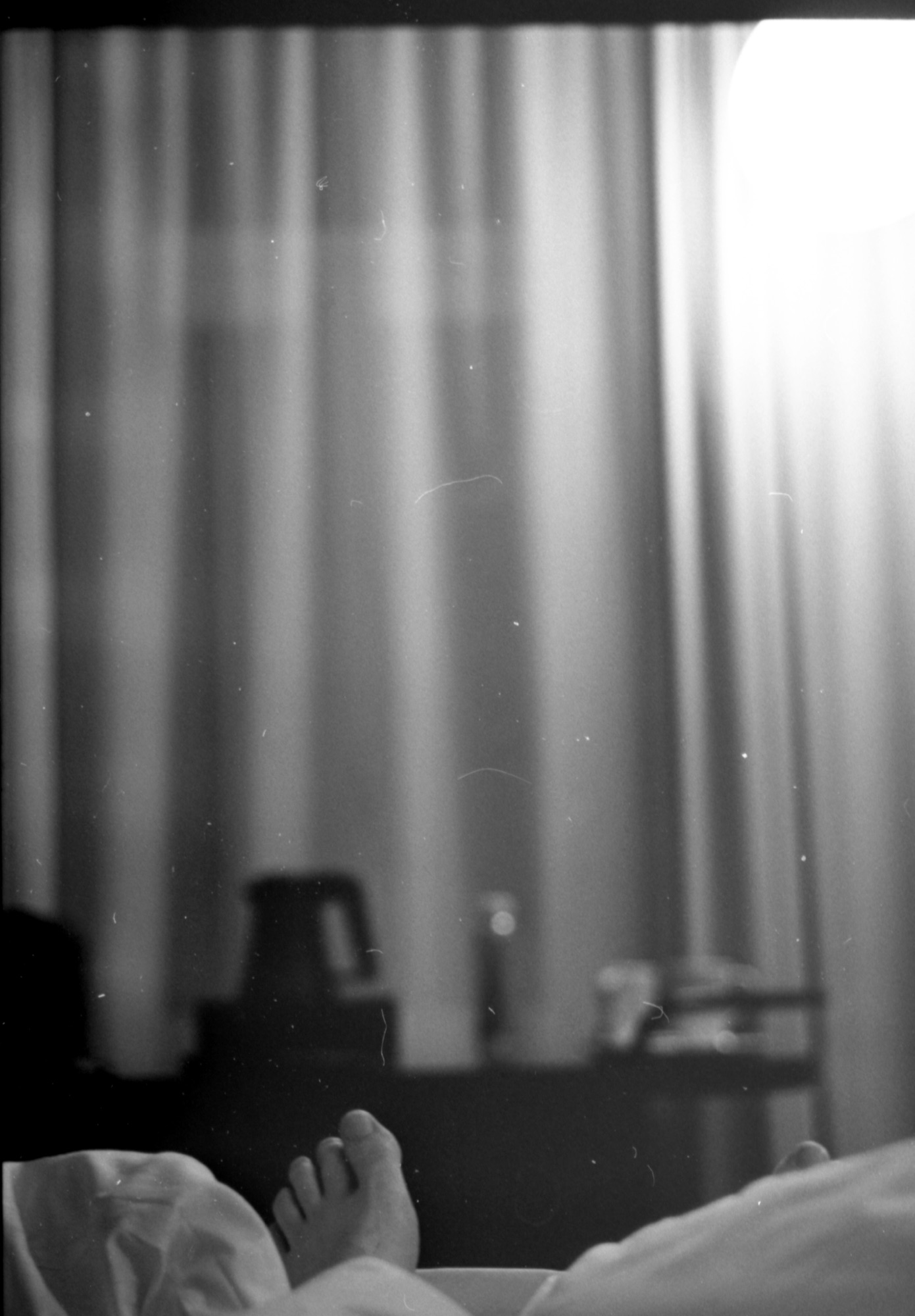
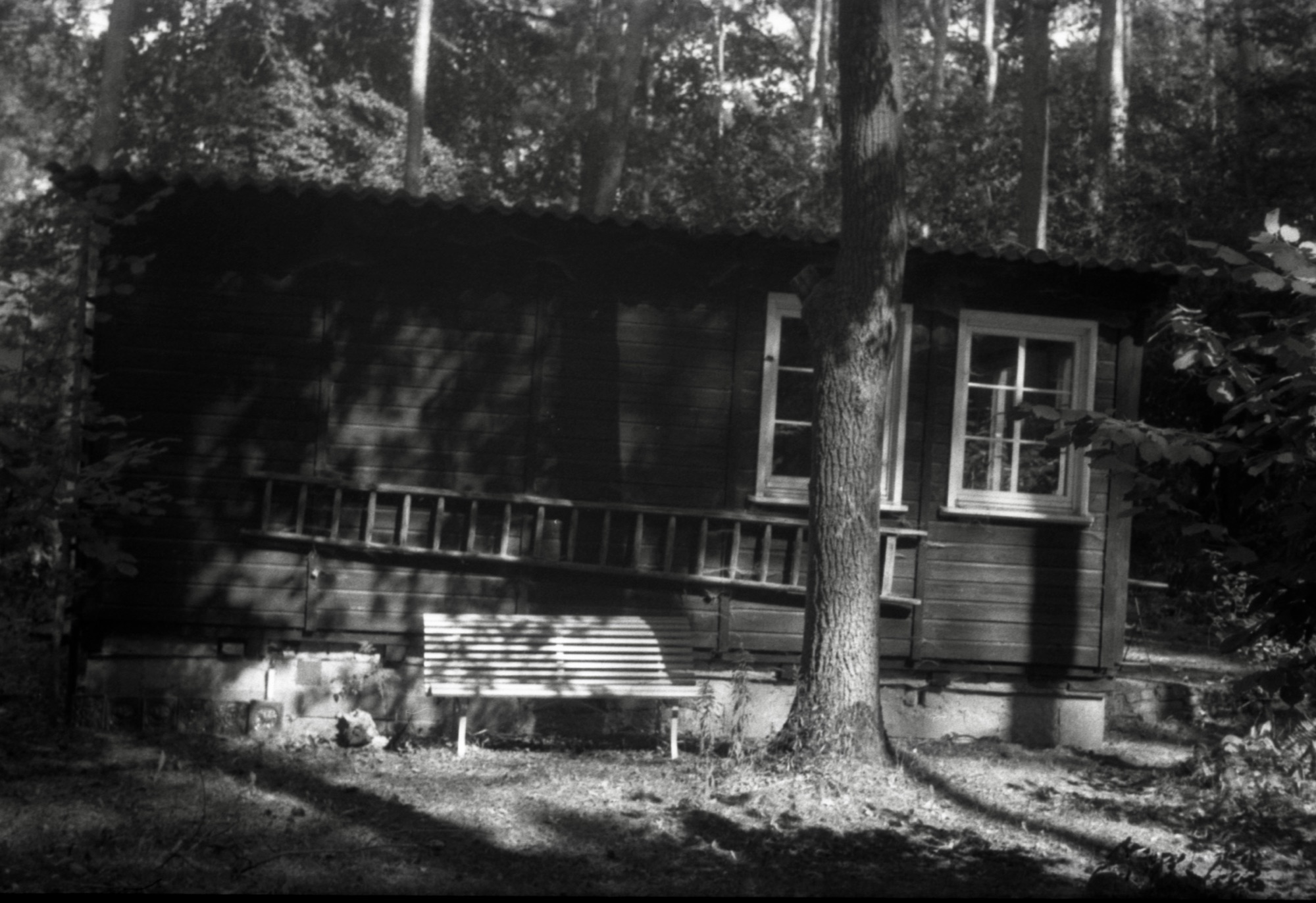

Leave a Reply